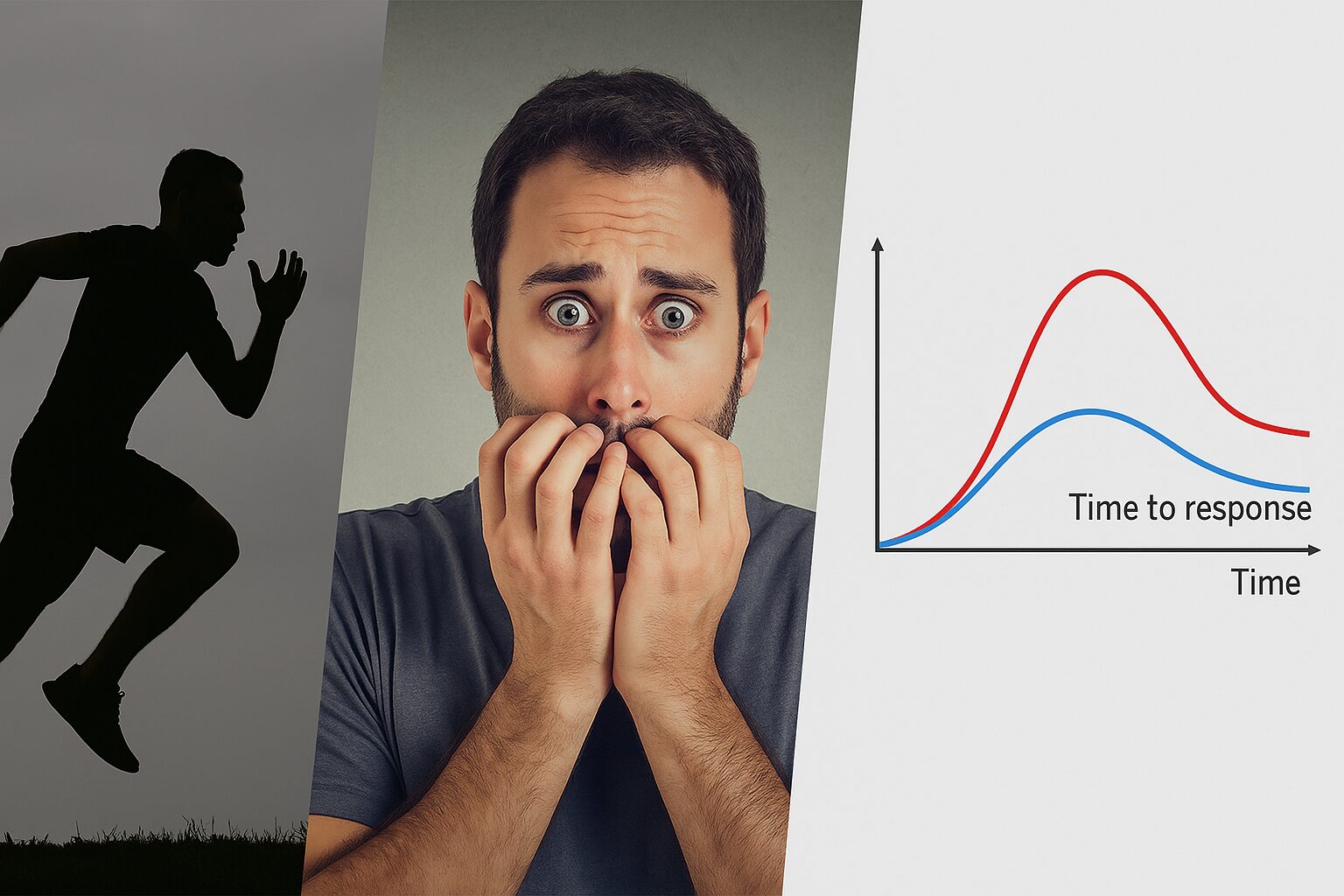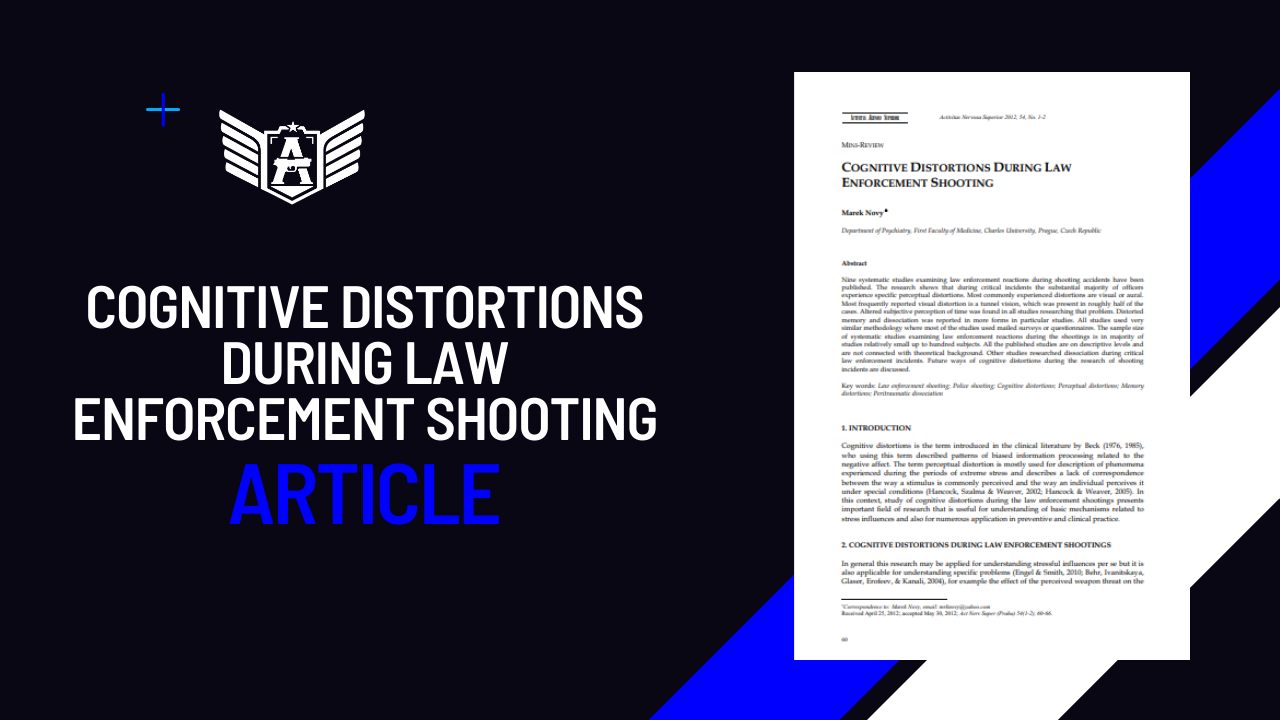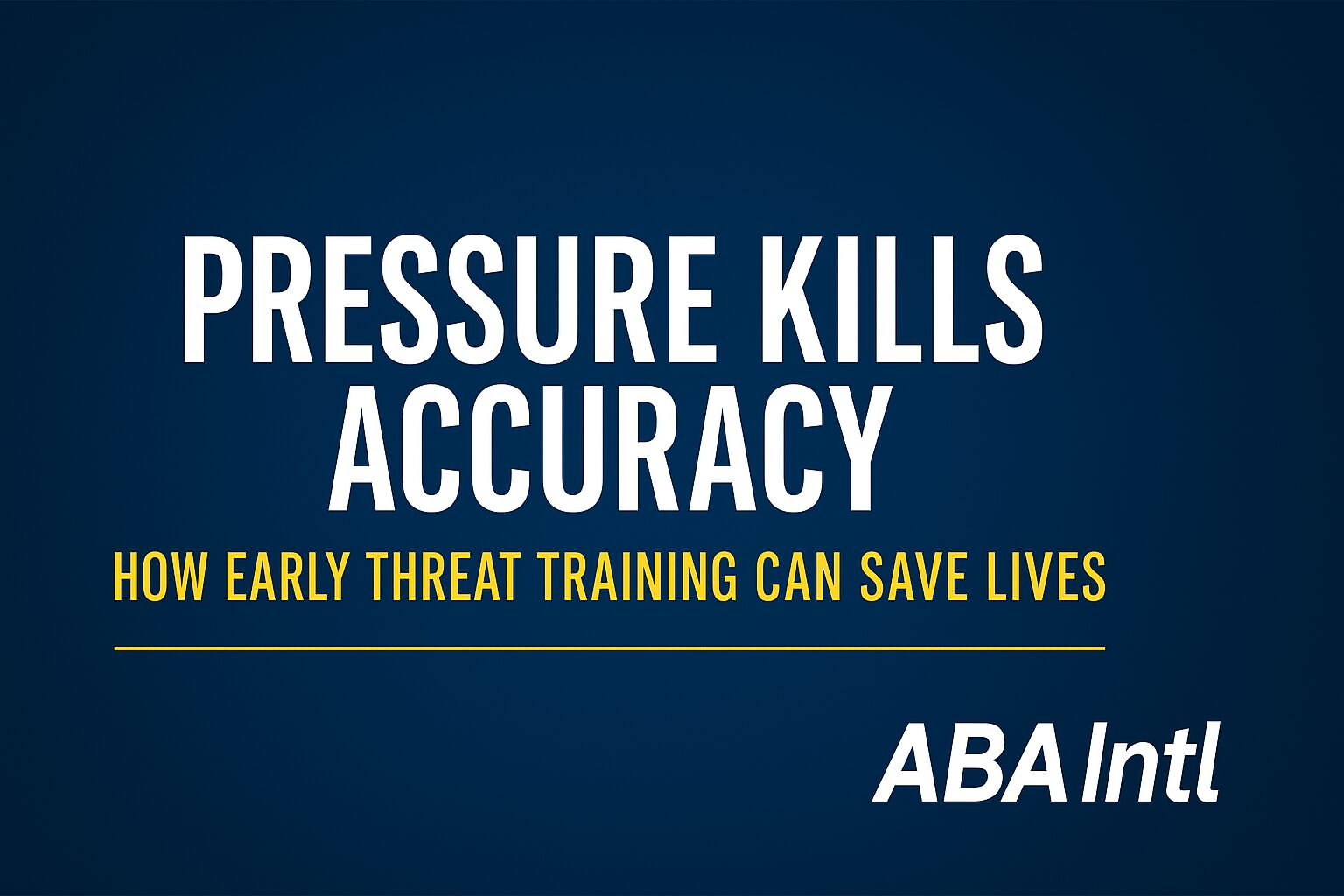The study delves into the intricate dynamics of shooting as a competitive sport, emphasizing the pivotal role of weapon stability and the controlled grip of the hand. While a good grip is essential, success in shooting relies on more than just aiming; perfect trigger control is emphasized for effective hits. The moment before triggering is crucial, where the forces applied on the pistol should align with the target. The intricate movement of the trigger finger is explored, highlighting the challenge of isolating its mobility. The study underscores the importance of minimizing unwanted forces by limiting the trigger finger’s movement and straightening the first knuckle. Recognizing that constant sight alignment is imperative for marksmanship, the research emphasizes the difficulty of disciplining hand movements and the necessity of specific hand and finger exercises to enhance shooting accuracy without actual pistols.
Methods: The study involved 40 teenage girls aged 15-18, with 20 in the experimental group and 20 in the control group. Participants underwent safety training and basic shooting instruction, familiarizing themselves with the Scatt Simulation Device and Hämmerli AP20 air pistol. Data collection tools included the SCATT Shooting Simulation System and the Hämmerli AP20 Air Pistol, adhering to Olympic air pistol regulations. Measurements included body height and weight, with shooting performance assessed through total scores on a simulated target. The experimental group engaged in hand and finger exercises for 10 weeks, three days a week, one hour a day, using various equipment.
Hand and Finger Exercises: The experimental group’s regimen involved hand dumbbells, exercise doughs, handsprings, stress balls, and rubber tires for 10-15 minutes of warm-up and 45 minutes of exercises. The program progressed from adaptation training to sets with increasing repetitions and intensity. Different materials were utilized, such as soft, medium, and hard exercise doughs, rubber tires of varying ply, and dumbbells ranging from 1 kg to 2.5 kg. Statistical analysis was performed using SPSS software, employing nonparametric tests for between-group and within-group evaluations. The significance level was set at p<0.05 for statistical assessments. The SCATT analysis method determined shooting success based on parameters like success score, diametrical dispersion, average length of aiming trace, and stability of aiming.

The general physical characteristics of the study participants indicate a homogeneous distribution between the experimental and control groups. The age, height, and body weight of the subjects were statistically comparable. In Table 2, the between-groups comparison of pretest and posttest measurements revealed significant differences in success score, diametrical dispersion, mean length of aiming trace, and stability of aiming. The experimental group demonstrated notable improvements, particularly in success score and diametrical dispersion. Table 3 further elucidates within-group changes, demonstrating statistically significant improvements in all parameters for the experimental group after engaging in hand and finger exercises. Conversely, the control group exhibited minimal changes except for average length of aiming trace.

Table 4 investigates the impact of age, height, and body weight on shooting accuracy, revealing no statistically significant differences in pretest and posttest values for both groups. Similarly, Table 5 explores the effects of dominant eye and dominant hand on shooting accuracy, indicating no significant differences between pretest and posttest values in all parameters. The findings suggest that hand and finger exercises significantly enhance shooting performance, emphasizing the importance of these exercises independent of age, height, body weight, dominant eye, or dominant hand.


Discussion: The study involved 40 participants, with 20 in the experimental group and 20 in the control group, exhibiting homogeneity in age, height, and body weight (Table 1). Initial measurements demonstrated no significant difference in success scores between the groups (Table 2). However, posttest measurements revealed a substantial increase in the success score for the experimental group, signifying a positive impact of hand and finger exercises on shooting performance (Table 2). Similar findings were observed in the diametrical dispersion, where the experimental group exhibited a statistically significant improvement, emphasizing the importance of these exercises in achieving a more balanced distribution of pressure on the grip (Table 2). The experimental group’s enhanced wrist and finger force contributed to a positive change in the diametrical dispersion.
Further analysis of the average length of aiming trace demonstrated that the experimental group, after the hand and finger exercises, exhibited a significantly shorter trace length compared to the control group, indicating improved pistol-hand stability (Table 2). This improvement aligns with literature findings emphasizing the significance of minimizing movements for high shooting scores (Table 2). The stability of aiming also showed significant improvement in the experimental group, highlighting the positive influence of hand and finger exercises on reducing unnecessary pistol vibration before a shot (Table 2). The stability enhancement was attributed to increased hand and finger force, particularly in the trigger finger flexor.
Moreover, the study explored the influence of demographic factors such as age, height, body weight, dominant eye, and dominant hand on shooting success. The results indicated no statistically significant difference in shooting performance concerning these demographic traits, suggesting that technical studies specific to the shooting discipline have a more profound impact on performance (Table 4 and 5). This aligns with previous research emphasizing the limited correlation between shooting success and factors like age, height, and body weight (Table 4 and 5). In conclusion, the findings underscore the positive effects of hand and finger exercises on shooting performance, with the potential to inform targeted training strategies for aspiring shooters.
Conclusion: This study aimed to explore the impact of hand and finger exercises on shooting accuracy, and the investigation yielded valuable insights. Over the course of 10 weeks, with sessions held three times a week for one hour each, the study addressed the primary hypothesis. The key findings are as follows:
Hand and finger exercises demonstrated a positive influence on shooting scores, diametrical dispersion, average length of aiming trace, and stability of aiming. These exercises were effective in enhancing the accuracy of shots, contributing to a more balanced distribution of pressure on the grip, and improving pistol-hand stability.
The study revealed that factors such as dominant eye, dominant hand, age, height, and body weight did not significantly impact shooting performance. This emphasizes the importance of targeted hand and finger exercises, as they emerged as crucial elements for skill development in shooting.
In conclusion, the consistent practice of hand and finger exercises has proven instrumental in fostering positive advancements in shooting performance. The study underscores the necessity of incorporating such exercises into training regimens, aligning with previous experimental studies in the field of shooting sports. The findings provide valuable insights for practitioners and coaches seeking effective strategies to enhance shooting accuracy.
Balamut, Y. N., & Ocak, Y. (2022). THE EFFECT OF HAND AND FINGER EXERCISES ON SHOOTING ACCURACY. Kinesiologia Slovenica, 28(2), 62-78.




